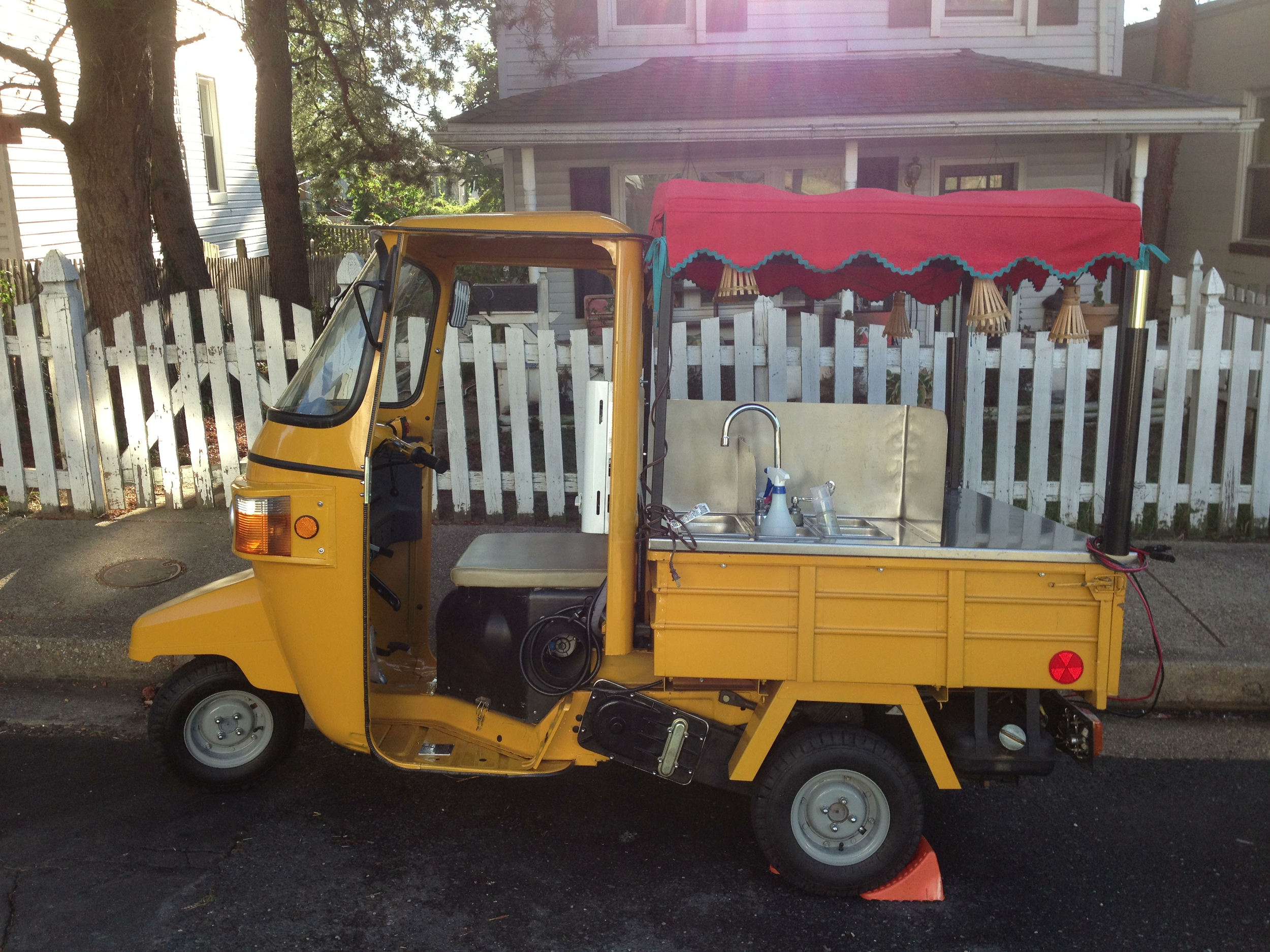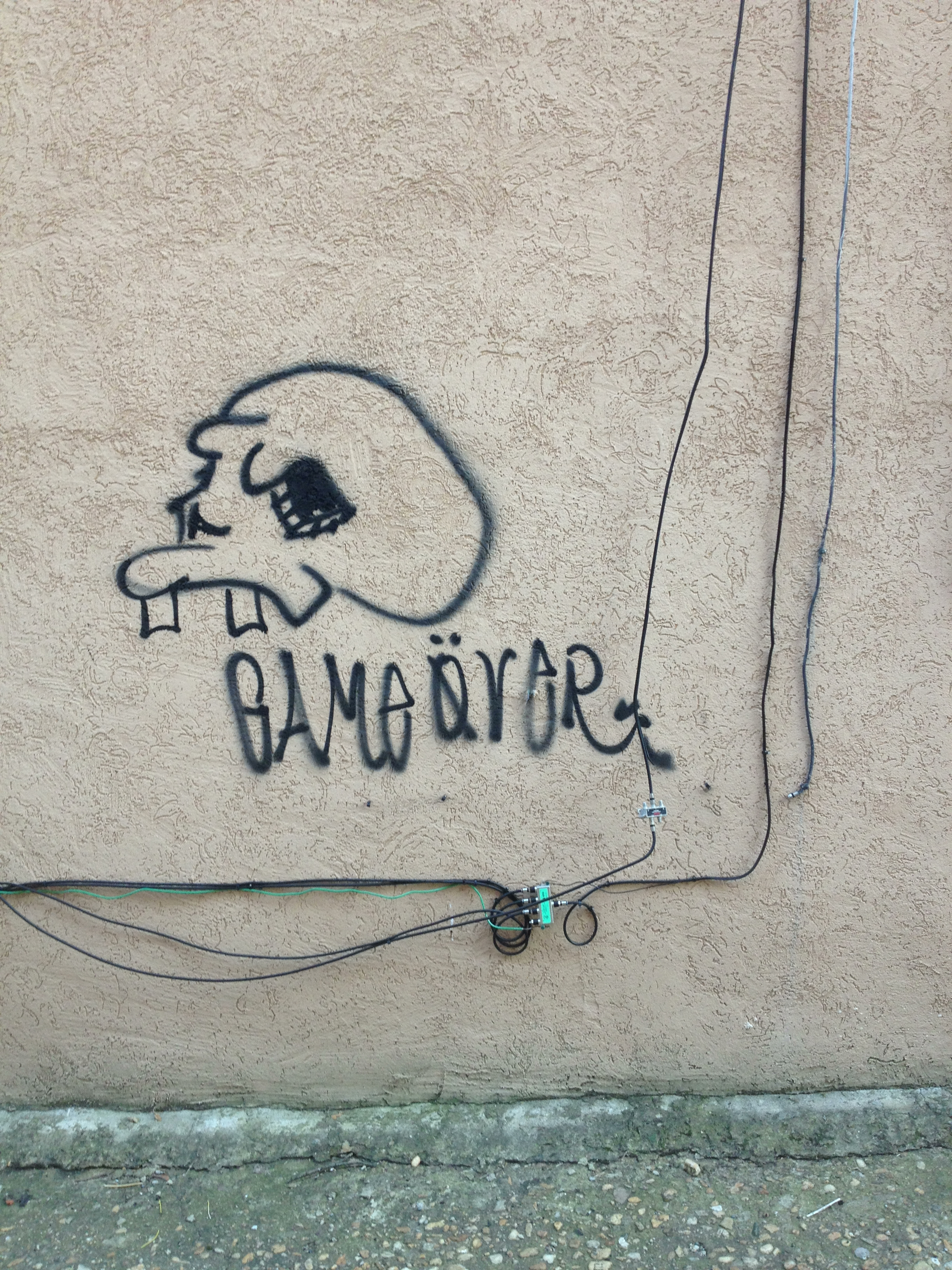Alley Walkin' III
I moved to Baltimore six months ago; time has blurred by in a slurry of work, friends, family, design projects old and new. As previously chronicled, I settled on the banks of the Jones Falls, on the edge of Hampden-Woodberry. I live in, and am surrounded by, renovated textile mills, once responsible for 80% of the world's supply of cotton duck. This rough canvas was used primarily for sailcloth and military equipment. 100 years of booming manufacturing brought in substantial numbers of sold, blue-collar jobs, supporting the independent community of Hampden until it was annexed by the city of Baltimore in 1887.
Hampden is situated at the center of present-day Baltimore, but due to quirks of geography it can seem isolated. It is cut off from the west by both the Jones Falls itself and the Jones Falls Expressway; hemmed in on the north by a series of dead-end streets and Druid Hill Park; and peters out to the south into Wyman Park and an industrial maze of one-ways. These factors contribute to Hampden's greater sense of insularity, relatively low crime, stable property values, and overwhelming whiteness in a majority black city.
Hampden, like Chicago, and most of Baltimore, is a neighborhood of alleys, compounded by the informal paths cutting through and around the area's many parks and streams. Old houses in Stone Hill, built for mill managers, are ensnared in a web of streets so small it is impossible to tell what is lane, what is alley, and what is glorified sidewalk. Since moving here, I have continued my longstanding practice of alley-walking, undertaking a fairly comprehensive survey of Hampden, Woodberry, and Remington's alleys. Most of these walks are purposeful -- meandering ways to get groceries or hit the post office -- but some are for the mere comfort of movement.
A spate of recent viral social-media articles may suggest that such a practice is dangerous in a city such as Baltimore; but I have found the alleys to be utterly abandoned, eerily beautiful, and architecturally fascinating. As I have done in previous posts here and here, I've collected a few photos of my walks. Uneven in quality, but illustrative of the rambles, and a mental comfort in the numbing depths of a record-cold winter.
Abandoned house behind cemetery on Roland Avenue; since torn down.
A food truck-ette.
Still life with garage door and vines.
Game over, bro.
Not the best photo; but had to capture one of the most truly odd architectural follies I have ever stumbled across, tucked behind the Royal Farms on the Avenue, surrounded on all sides by alleys.
Makin' that sizzurp . . .
I wonder if the wit behind this comment regards graffiti writing as "modern art."
Geometry in the gloaming . . .
Kill the hipsters. Especially the graffiti-writing ones.
Mr. Duchamp would be quite proud of the sanitation worker who replaced this manhole.
Jones Falls from above, taken from a bridge where few pedestrians dare tread.
A tear in the space-time fabric of the city: a pedestrian walkway on the west side of Druid Hill park, on-ramp to the east, boulevard to the west, entry via median strip.
Said walkway dead-ends, without explanation, on a wedge of land marooned within the highway. Surrounded on all sides by traffic, buried river underfoot, nowhere to go but back the way I came . . .












